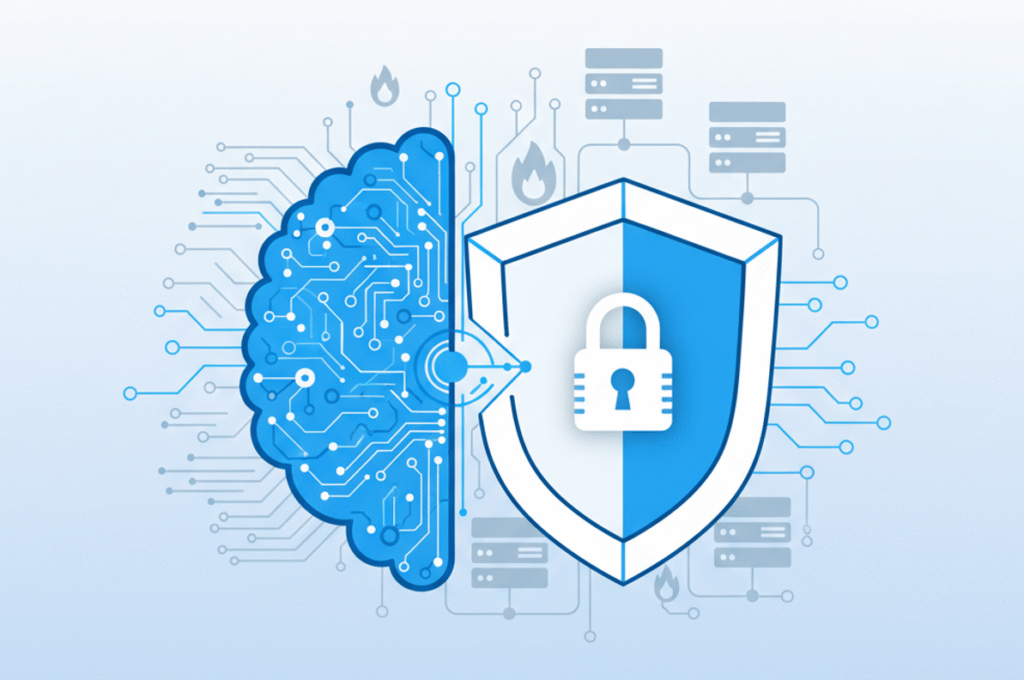The synergy between automation, connectivity, and innovation has led to unprecedented advancements in industrial processes. However, this digital transformation also invites heightened security concerns, particularly in Industrial Control Systems (ICS). This detailed exposé traverses the multifaceted terrain of ICS security, unearthing ten essential dimensions that illuminate its significance, challenges, and strategies.
- ICS Architecture and Components: Unveiling the Blueprint of Automation
At the core of ICS lies a sophisticated architecture comprising hierarchical layers that facilitate real-time control. These components include sensors, actuators, programmable logic controllers (PLCs), human-machine interfaces (HMIs), and communication protocols. Understanding this intricate framework is the cornerstone of effective security implementation.
- Securing SCADA Systems: Safeguarding the Control Hub
Supervisory Control and Data Acquisition (SCADA) systems orchestrate the industrial landscape, overseeing processes and gathering data. They require robust security measures, encompassing access controls, encrypted communication channels, and regular patch management to thwart potential breaches.
- PLC Security and Vulnerabilities: Fortifying the Nerve Center
PLCs are the digital brains of industrial processes, making them prime targets for cyberattacks. Ensuring their security involves adopting secure coding practices, continuous vulnerability assessments, and stringent access controls to prevent unauthorized modifications.
- Risk Assessment for Critical Infrastructure: Identifying Vulnerabilities
Vulnerability assessment is pivotal for critical infrastructure protection. By conducting comprehensive risk assessments, industries can identify threats, vulnerabilities, and their potential impact, enabling informed decision-making.
- Incident Response for ICS Environments: Navigating the Unforeseen
ICS incidents demand a well-orchestrated response plan. From isolating affected systems to restoring operations swiftly, a robust incident response strategy minimizes disruption and safeguards operational continuity.
- Air-Gapped Systems and Threats: Bridging the Isolation
While air-gapped systems are physically isolated, they’re not impervious to threats. Notable examples like the Stuxnet worm have highlighted the feasibility of breaching air-gapped networks, underscoring the importance of a multilayered defense strategy.
- ICS Network Segmentation Strategies: Isolation for Strengthening
Segmenting ICS networks into zones limits the lateral movement of threats, minimizing the potential scope of a breach. This strategy reduces the risk of propagation and enhances the manageability of security controls.
- Standards and Regulations for ICS Security: Guiding the Safeguarding Efforts
Recognizing the unique challenges of ICS security, standards such as NIST SP 800-82 and regulations like NERC CIP offer frameworks for securing industrial assets. Complying with these standards ensures alignment with best practices and industry-specific requirements.
- Securing Smart Grids and Energy Infrastructures: Illuminating the Power Grid’s Future
Smart grids and energy infrastructures are pivotal to a sustainable future. Protecting these interconnected systems necessitates real-time monitoring, anomaly detection, and integrating cybersecurity measures at every level.
- ICS Security Challenges in Manufacturing: Navigating the Factory of Opportunities and Threats
Due to their critical role in supply chains, manufacturing facilities, often reliant on legacy systems are prime targets for cyberattacks. Overcoming these challenges entails harmonizing IT and OT security, implementing robust access controls and fostering cybersecurity awareness among personnel.
Conclusion
In the intricate tapestry of ICS security, each dimension represents a vital thread that weaves the fabric of industrial resilience. As industries embrace digitization, they must simultaneously fortify their defenses against evolving threats. By delving into the comprehensive insights offered by these ten dimensions, enterprises can secure their operations and champion a new era of secure and resilient industrial progress. Through strategic planning, collaboration, and an unwavering commitment to security, organizations can navigate the complexities of the ICS landscape while upholding the vitality of industrial innovation.





